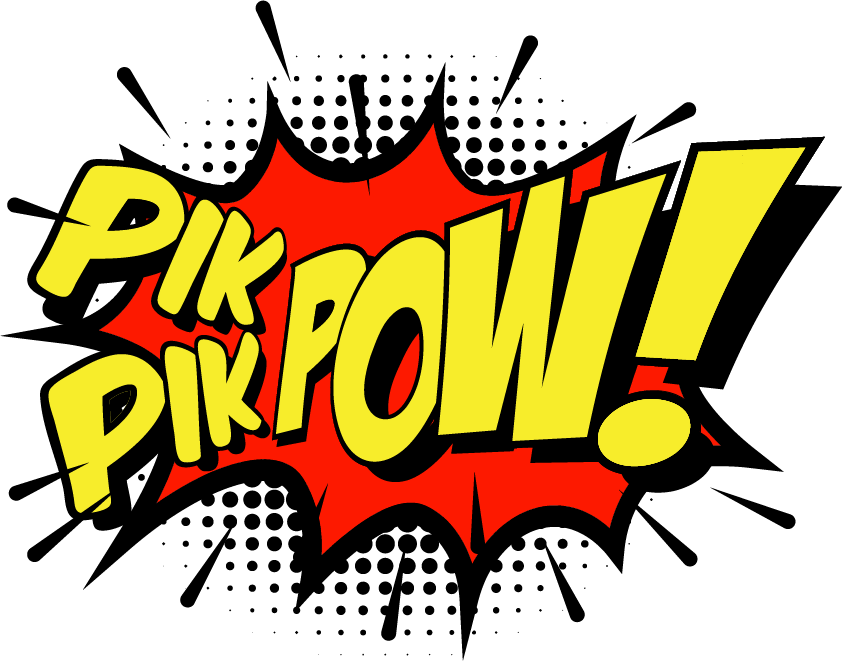Title: Designing Your Shop Sign: A Step-by-Step Guide to Creating a Memorable Storefront Presence
Introduction:
Your shop sign is more than just a marker; it’s your business’s calling card, communicating your brand identity, attracting customers, and setting the tone for the shopping experience. In this comprehensive guide, we’ll walk you through the process of designing a shop sign that captures attention, communicates your brand message, and leaves a lasting impression on passers-by. From understanding design principles to choosing the right materials, we’ll equip you with the knowledge and tools you need to create a standout storefront presence.
Section 1: Understanding Design Principles
Effective shop sign design is rooted in fundamental design principles that balance aesthetics with functionality. We’ll explore key principles such as:
1. **Colour Psychology:** Understand how different colours evoke emotions and influence perceptions. Choose colours that align with your brand identity and resonate with your target audience.
2. **Typography Selection:** Select fonts that are legible, distinctive, and reflective of your brand’s personality. Consider factors such as readability, scalability, and brand consistency.
3. **Branding Consistency:** Ensure your shop sign aligns with your overall brand identity, incorporating elements such as logo, colours, and imagery to reinforce brand recognition and recall.
4. **Visual Hierarchy:** Use design elements such as size, colour, and placement to create a clear visual hierarchy that guides the viewer’s eye and communicates your message effectively.
Section 2: Choosing the Right Design Elements
Once you’ve established the design principles, it’s time to choose the specific elements that will make up your shop sign. We’ll discuss:
1. **Graphics and Imagery:** Incorporate graphics and imagery that are relevant to your business and resonate with your target audience. Whether it’s illustrations, photographs, or icons, choose visuals that enhance your brand message and captivate viewers.
2. **Text and Messaging:** Craft concise and impactful messaging that communicates your business name, offerings, and unique selling points. Experiment with different taglines, slogans, and calls to action to find the most compelling message for your sign.
3. **Layout and Composition:** Experiment with different layouts and compositions to find the most visually appealing arrangement for your sign. Consider factors such as symmetry, balance, and focal points to create a harmonious and engaging design.
Section 3: Exploring Materials and Finishes
The choice of materials and finishes can significantly impact the aesthetics, durability, and cost of your shop sign. We’ll explore:
1. **Common Sign Materials:** Explore the characteristics of common sign materials such as acrylic, metal, wood, vinyl, and LED. Consider factors such as weather resistance, durability, and maintenance requirements when choosing the right material for your sign.
2. **Finishes and Coatings:** Enhance the appearance and longevity of your sign with finishes and coatings such as matte, gloss, textured, or metallic finishes. Experiment with different options to achieve the desired look and feel for your sign.
Section 4: Incorporating Brand Identity
Your shop sign is an extension of your brand identity, conveying your business’s personality and values to customers. We’ll discuss:
1. **Logo Integration:** Incorporate your logo into your shop sign design to reinforce brand recognition and recall. Experiment with different placement options and sizes to find the most effective integration for your sign.
2. **Colour Palette:** Use your brand’s colour palette to create a cohesive and consistent visual identity across all touchpoints. Consider the psychological impact of colours and how they align with your brand’s personality and message.
3. **Typography and Brand Voice:** Choose fonts and typography styles that reflect your brand’s voice and personality. Whether it’s bold and playful or elegant and sophisticated, ensure your typography aligns with your brand identity and resonates with your target audience.
Section 5: Testing and Iteration
Once you’ve finalized your shop sign design, it’s essential to test and iterate to ensure its effectiveness. We’ll discuss:
1. **Mock-up and Prototyping:** Create mock-ups or prototypes of your sign design to visualize how it will look in the real world. Experiment with different sizes, colours, and materials to find the most impactful design.
2. **Feedback and Revision:** Gather feedback from stakeholders, peers, and potential customers to identify areas for improvement. Iterate on your design based on feedback, making adjustments to enhance readability, clarity, and visual appeal.
Conclusion:
Designing your shop sign is a creative and iterative process that requires careful consideration of design principles, brand identity, materials, and audience preferences. By following the steps outlined in this guide, you can create a memorable and impactful shop sign that attracts attention, communicates your brand message, and sets your business apart from the competition. Whether you’re a small boutique or a bustling retail chain, investing in a well-designed shop sign is essential for establishing a strong storefront presence and driving success in today’s competitive marketplace.

